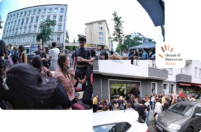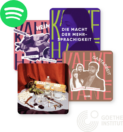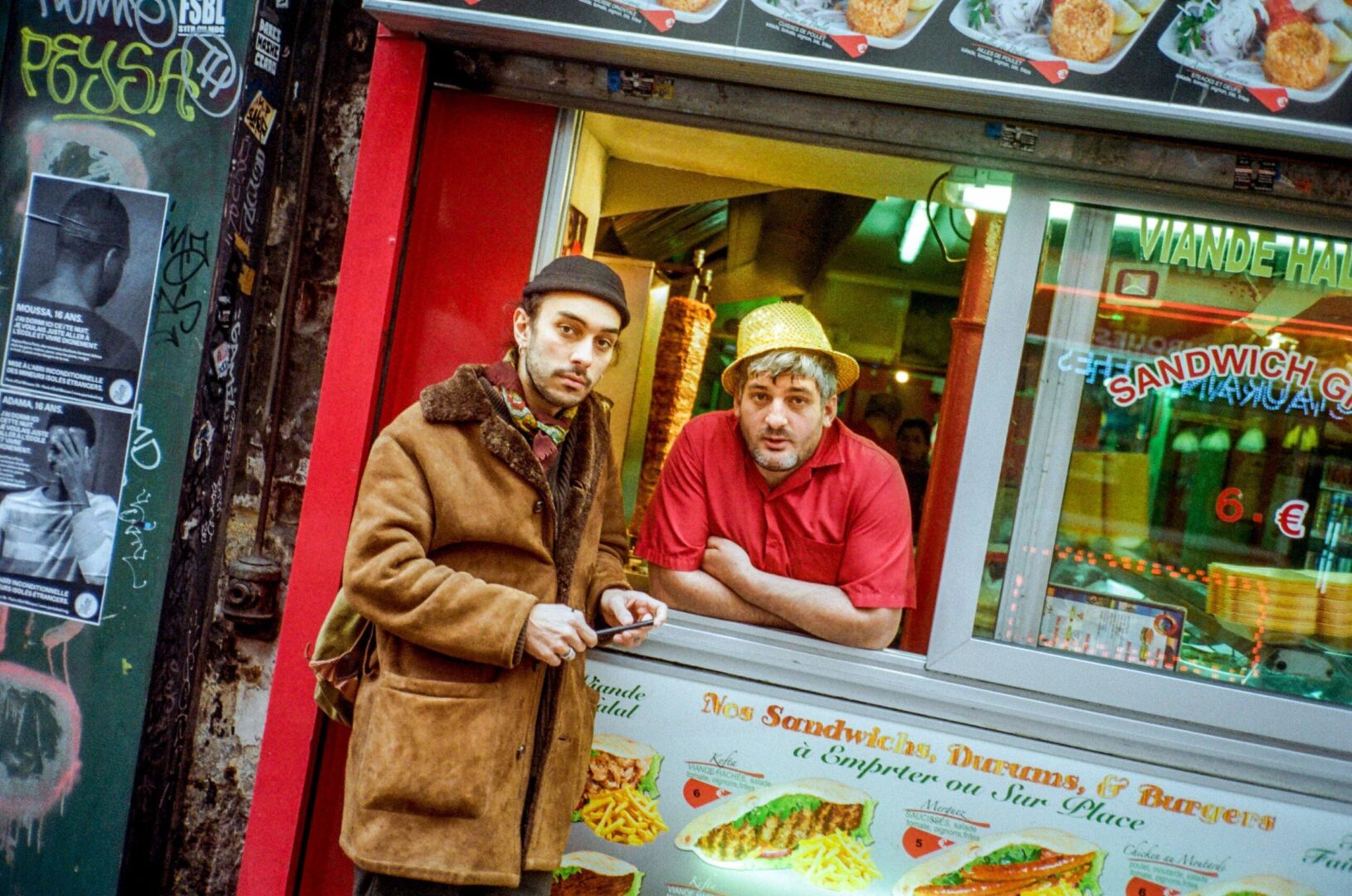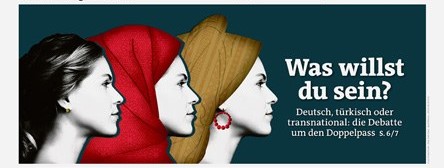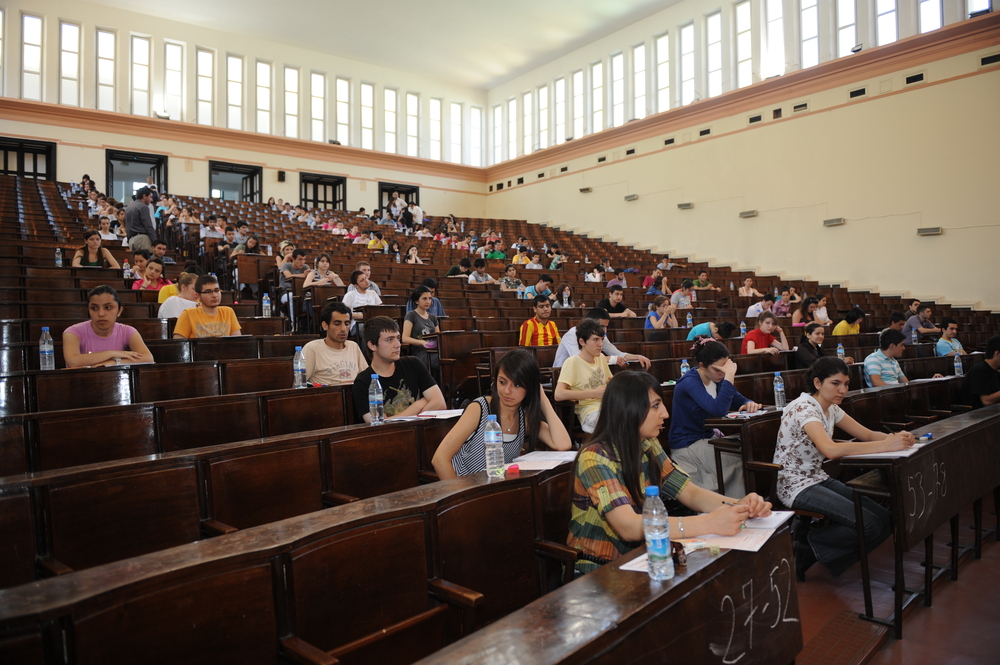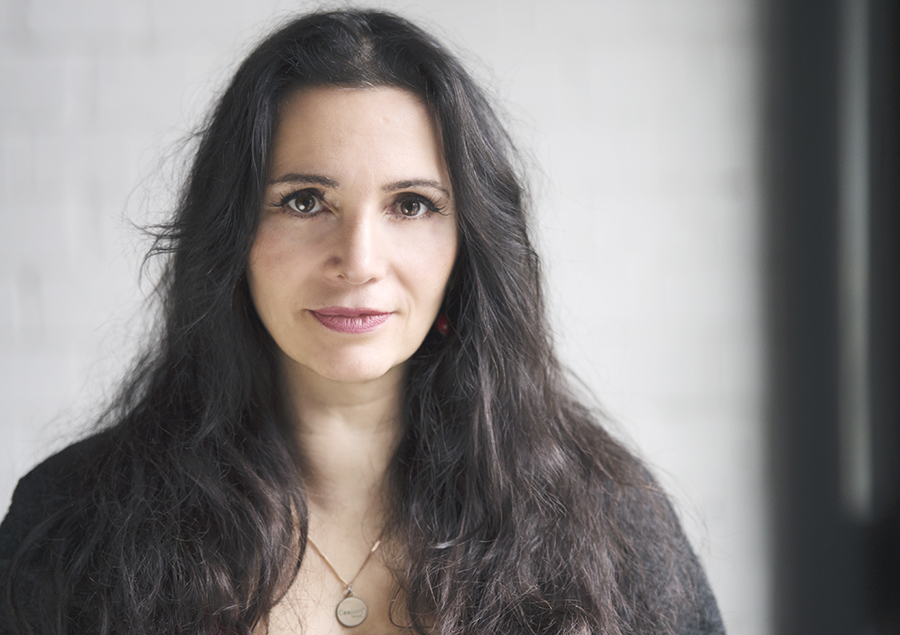Was the döner kebab really invented in Berlin? Çağan Okuyan’s artbook, “Kebab Project” goes some way towards answering this question. In the end, however, the subject becomes too unwieldy, and the origin of the döner kebab remains as elusive as ever.
Çağan’s book – the first of it’s kind – documents the aesthetics of the kebab shop firstly in Paris – where Çağan moved to when he was 12, from Adapazarı near Istanbul, and where he studied graphic design and visual arts. He then picks up the thread in Berlin, where he currently lives, andconcludes in south-eastern Turkey – thought to be the culinary cradle of the kebab.
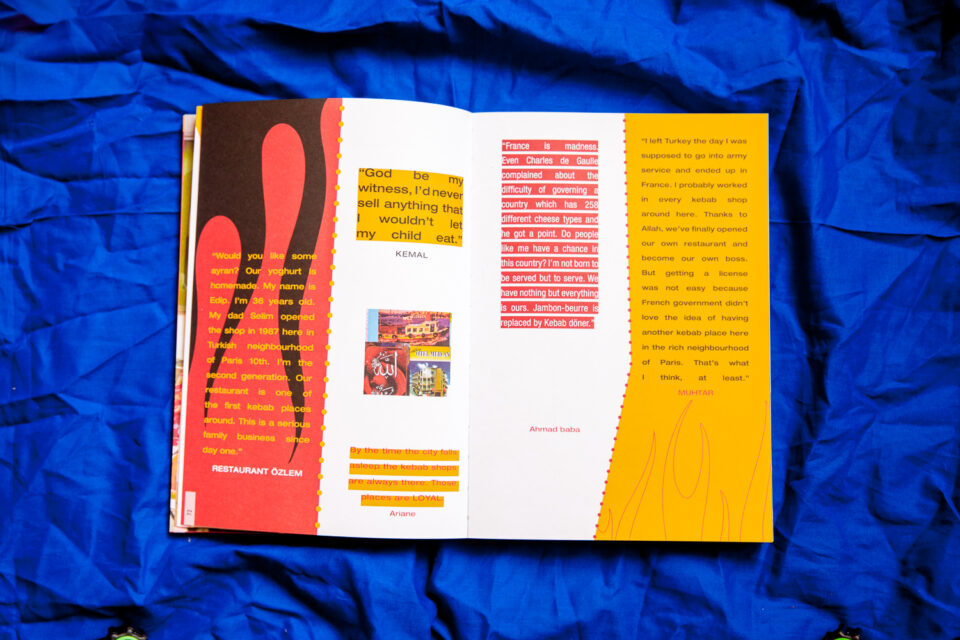
The book is part sociological investigation, part autobiography and part self-therapy. It document two years of research in Europe and Turkey, supplementing photos with texts in Turkish and broken English, recounting quips, items of kebab- lore and anecdotes of kebab shop workers steeped in sadness, melancholy and homesickness. It is an impressive work, a labor of love, that has so far been far from remunerative for Çağan. The pictures and stories are so vivid that they are almost filmic.
Ultimately, the motive for the project seems to have been for Çağan to recapture a bit of the “Middle Eastern” warmth of Turkey in the face of the heartless egoism and selfishness of day-to-day life in Paris, where Çağan made his money in the fashion and design industry. The kebab shops, which he chose to document, were, by contrast, oases of human warmth and sympathy.
“When I started this project I felt that there was a very big Turkish, Anatolian boy living inside me, and he had to be fed,” says Çağan.
It is a brisk October evening in a canal-side café in Berlin, Kreuzberg, a short walk from Kottbusser Tor, sometimes called “Little Istanbul” for its many Turkish shops and bistros. Çağan is wearing a black coat over an orange t-shirt that says “Helal” in Arabic. His hair is long, his hands busily tattooed.
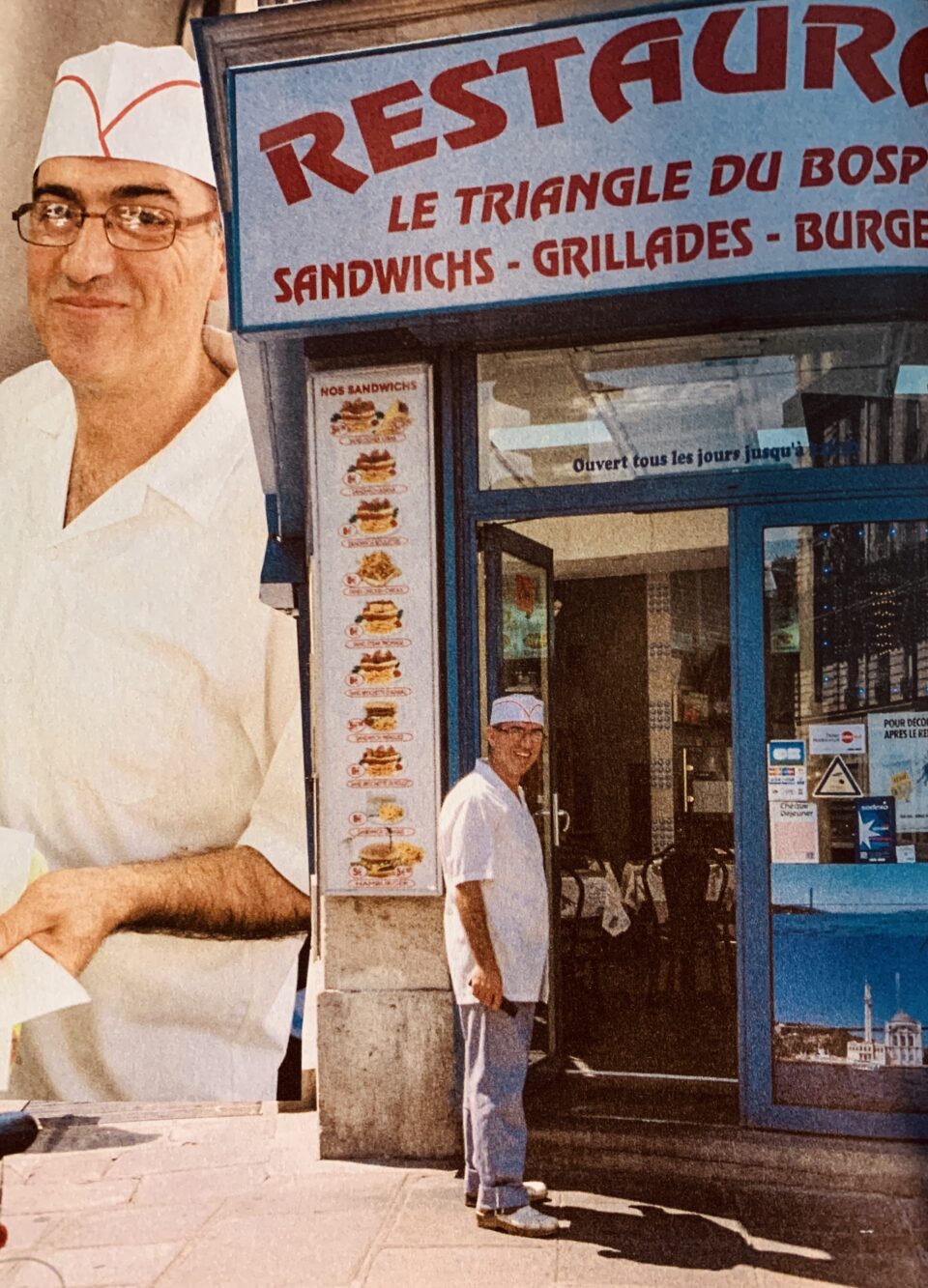
“It wasn’t easy at first,” said Çağan, about his initial attempts at engaging kebab shop workers in Paris. “I look like this, you know – I have many tattoos. I am coming with the camera. I am a little bit atypical for these guys. I went to the shop once, twice, five times. After ten times I could finally get my camera out and start taking photos.”
No one could understand his obsession with kebab shops at the outset, says Çağan. “My friends said ‘What the f*** are you doing? What is kebab?” Even the kebab shop workers themselves couldn’t make him out and said Çağan was wasting his time. “Who the f*** will be interested in what I say?” Çağan recounts one worker telling him. “Man, go find yourself a real job, okay? There are boys your age who own a Porsche already. Do you understand me? I am being honest with you, man. This little project of yours sounds shit to me.”
But Çağan remained undaunted. He came with camera and without, on rollerblades or with his fold-up bicycle. Often he would show up shortly before closing time. Over coffee, or just chilling with his phone, he asked questions, simple questions. And he found that the workers liked having someone to talk to.
He asked them how they ended up selling kebab in Paris. “And there were crazy stories, of course. Left-over stories. Some came with another mindset. Of course it didn’t work as planned. One
was a fugitive. One a political refugee. One a draft-dodger.” The wildest story was about the guy who wanted to leave Turkey, but had no visa or papers. In a car with two nephews, one brother and a Turkish carpet he left for France. Shortly before reaching the border his nephews rolled him up in the Turkish carpet and sat on top of him and they cruised into France. And that was how he got to Paris.
“All of the kebab shops I documented,” says Çağan, “serve more than döner. They serve a story.”
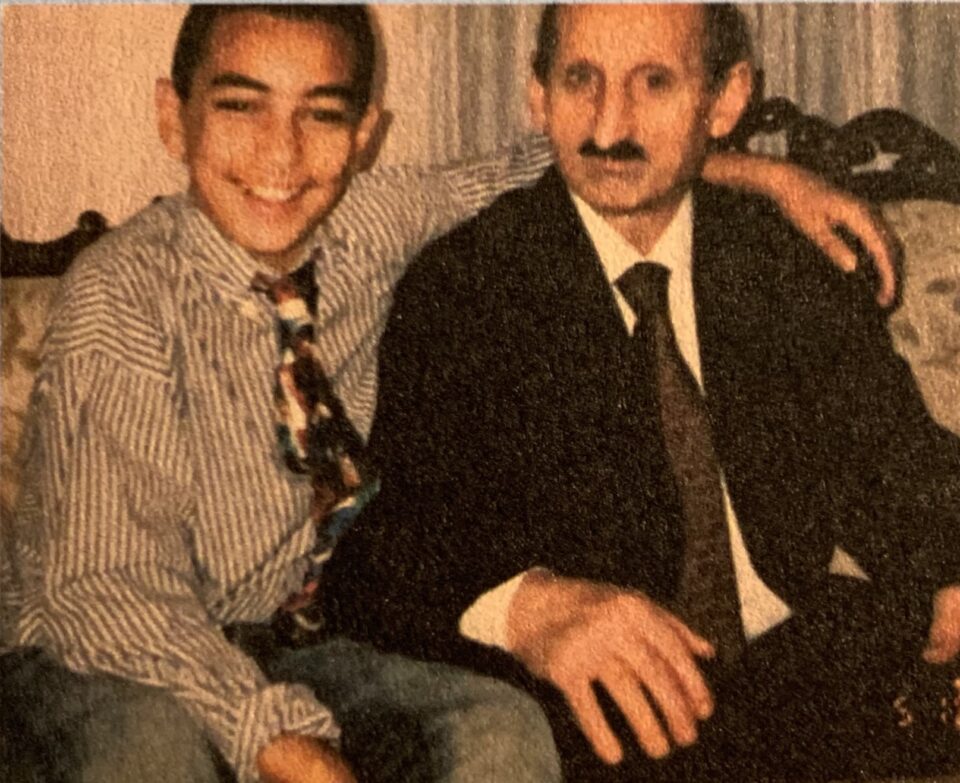
Çağan’s “kebab story”, as he puts it began with his immigration to France with his dad and his brother in 2002. His mom joined them a couple of years later. While in high school Çağan discovered the kebab shops of Paris. “We were going to the Turkish restaurant to hear some Turkish. To exchange some ideas. And for me it was like – Wow – going to a Turkish restaurant and eating and having a conversation.”
Çağan studied graphic design and visual arts in Paris. He did a stint in Istanbul at several big studios. He then started to combine graphic design and video with traditional art. Today he has severed his ties with commercial design, and is primarily working as a visual artist. Çağan became mainly interested in kebab shops as an antidote to the usual fast-food chain fare.
Paris first got a taste of the kebab in the sixties with the influx of Turkish workers. They brought with kebab – initially on a plate with fries. It became the choice dish for North African immigrants in search of helal food, an alternative to the Algerian merguez. It wasn’t long before the kebab became the proletarian dish par excellence.
“During the 90’s, kebab was the unofficial official food for students and working class,” says Çağan, giving fast food chains like McDonalds and KFC a run for their money. In the last several years, however, Çağan has seen how some so-called “kebab” chains have begun to muscle their way into the market in Paris, threatening the kebab shops that have been in business since the eighties and nineties.
“So I started crowd-funding for this book. I said if you give me 25 I will give you the book. I said my aim was documenting the authentic places before they get lost. Arty-Farty, which is a European Union artist collective, called me after two weeks of this crowd- funding. They said, ‘We want to invite you and talk about kebab döner.’ They said kebab döner is the official plate of the European Union. How would you respond to this? I got an invitation to Lyo University faculty of sociology. Arte called me up. So did UNESCO and National Geographic.
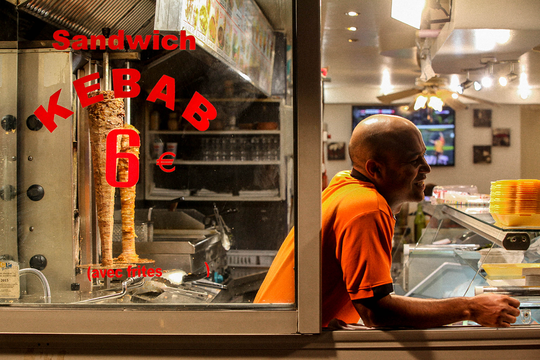
“I was like, ‘Oh! What is going on?’ Then I thought, from now on I have to be more open-minded about this topic. I have to ask more questions. And then I decided, okay, this book is going to be a research about taking kebab as a metaphor of integration, and just documenting these places, the makers and the eaters. Kebab Project began to evolve into a political project slowly.”
Çağan stresses that he is not a food researcher. He is more of a dilettante with a visual arts background, interested in the aesthetics of the kebab shop. Çağan had an exhibition in Istanbul, last April, the first exhibition of the project which was also a kind of release party for the book. “I did a very kitschy installation with some cute colors, baby blues, baby pinks, with very sad quotes from the book. One said, ‘My dreams are cancelled’. In Turkish, like, ‘I don’t have any hope for the future.’ Or one said, ‘The winds of separation blew us away.’ Because he is separated from his roots, see?”
Sensing that he was onto something big –exploding the narrow Parisian confines of the story – Çağan moved to Berlin last year to research the kebab in the capital where allegedly the döner
kebab was invented. Here the story became really interesting. Çağan ate a kebab every day. He found the kebab was different Berlin. The salads, the sauces, the quantity of meat. At Mustafa Gemüse Döner, perhaps Berlin’s most famous kebab shop, he saw how they even started putting feta cheese on their kebabs.
And the names of the shops. That was interesting, too. The shops in Berlin have names of Turkish towns enticing homesick Turks. They all referred to places that had been left behind, that one felt a certain nostalgia or homesickness for.
There was Antalia Döner Kebab or Bodrum Döner Kebab.“Names that reminded you of home, and that you were not home.”
“In Turkey you would not find this, like Kebab Shop Bodrum or Kebab Antaliya,” says Çağan. “They would call it like private names. Ahmet Kebab Döner, Mehmet Kebab Döner. But here is always an appellation back.” And what about the claim that the döner kebab was invented in Berlin? Çağan spoke with kebab shop workers about the orgins of the famous dish, findings out that there were two men in history, the one Ahmed something, now dead, the other with the name of Mehmet Durmuş – today a very, very rich man. Together they ran the first kebab shop in Berlin, at Zoo Bahnhof. They said that Mehmet Durmuş put the kebab into a sandwich.
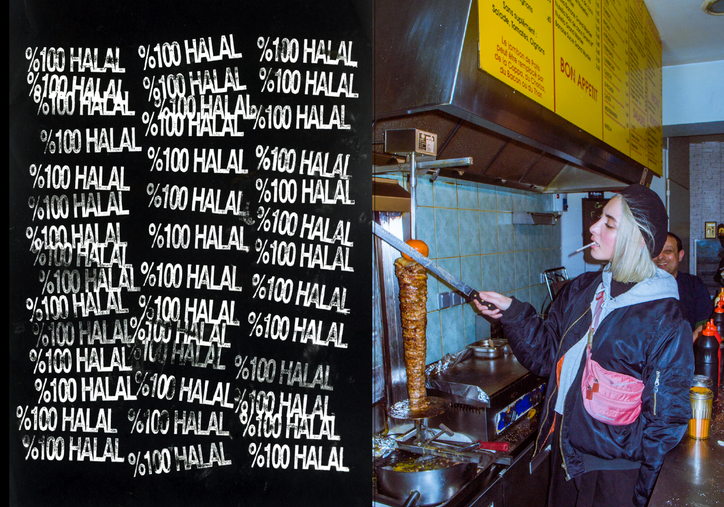
“They didn’t bring the sandwich here,” says Çağan. “They started selling like, pizza, not so fast that you can grab and walk. It didn’t work first. And then around ’69 and ’71 these two guys started the sandwich thing. And of course no one thought of licensing the kebab döner. That’s why they are still fighting. And then it exploded. In Berlin.” The döner kebab as we know it in Berlin is a kebab of a whole other dimension compared to it’s Turkish cousins. In Turkey the meat is paltry, the bread is different. There is no salad and no sauces.
“I used to ask for mayonnaise in Istanbul,” says Çağan, and they were like, ‘What? Why is that? It’s not very matching’ But now the Berlin kebab is inspiring bigger places, like more touristy places.”
Adana, in Turkey’s south-east, a sprawling rough-and-tumble city renown for its intense heat and spicy cuisine was the last stop on Çağan’s kebab quest. “During my interviews with all in Berlin, Brussles, Paris and London I realized most of those brothers – and sisters – are from Adana, Sanliurfa, Gaziantep and Mardin. So I decided to go there. To Adana.” Adana is the town of the Adana kebab, essentially minced meat stuck to a spit and cooked over hot coals. Could this be the ur-döner kebab?
To be sure, Adana probably was the source of the kebab. But what about the döner? The slowly turning of the meat on the skewer. For that, determines Çağan, you probably have to go back to pre-history. “Honestly, it was too big a project for me,” says Çağan. “I learned while doing the project. I met so many people I read so many books. Did so much research. In the end I can say, it is a very heavy subject, kebab.
“In conclusion I can say that kebab is just a bridge. Everyone eats kebab. Everyone. I thought I could narrow it down to a couple of types. But no. Who is eating kebab? After two or three weeks of research, I abandoned this – everyone is eating kebab! There is no one who doesn’t. Even the French right wing politician will eat it. Or the prostitute. Or Uber driver. Everyone.”
Text: Robert Rigney
All pictures were taken from The Kebab Project
